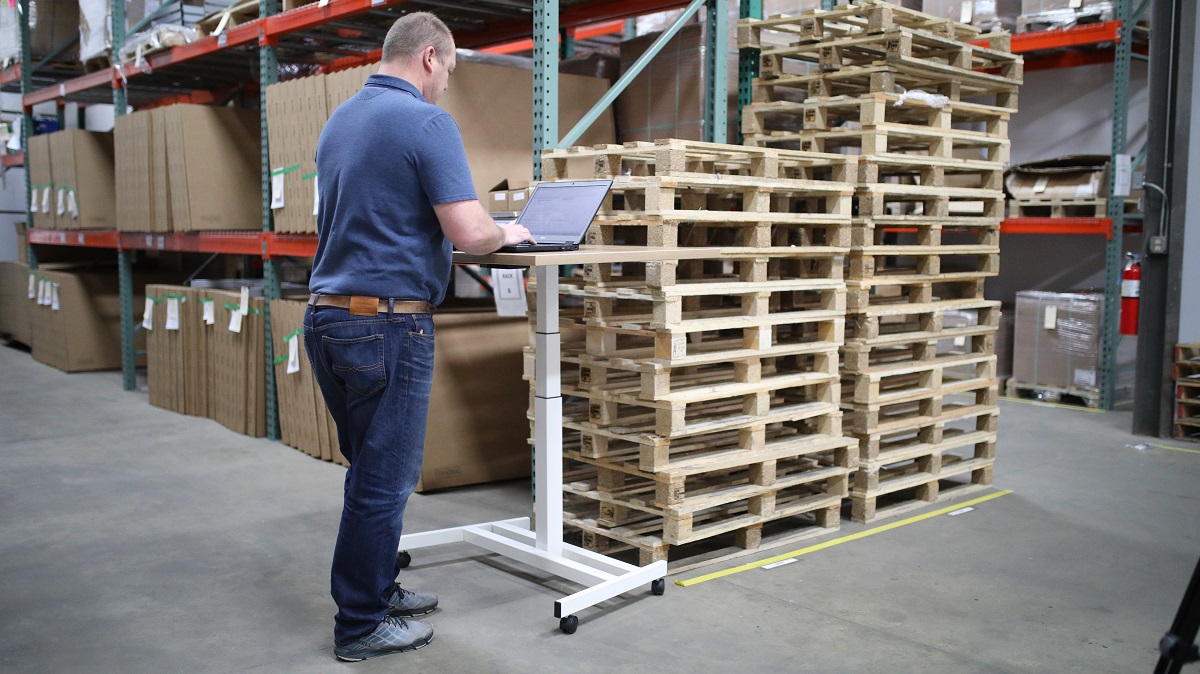Reducing manufacturing costs can help improve your company’s bottom line and become more competitive in the marketplace. There are several ways that you can do to reduce this without compromising the quality of your product and here are 3 ways it can be done:
Automate where possible
One of the best ways to reduce manufacturing costs is to automate as much of the process as possible. By automating tasks that are currently being done by hand, you can not only improve efficiency but also decrease labor costs. There are many types of automation equipment available on the market today, so it’s important to do your research to find the best option for your particular needs.
The amount of money that you can save by automating your manufacturing process will depend on the type of equipment that you choose and the scope of the automation project. However, in most cases, you can expect to see significant cost savings. You can save around 40% to 70% on your overall manufacturing costs and get your payback within several months to years. Additionally, automating your process can help you avoid human errors that can lead to costly mistakes.
Streamline your process
Another way to reduce manufacturing costs is to streamline your process. This means removing any superfluous activities that are taking time and money away from the overall process. An automated inventory system, for example, helps you more easily keep track of your materials and saves time compared to a manual system.

The first step in streamlining your manufacturing process is to identify the areas that need improvement. This can be done by analyzing your production data and identifying where you are experiencing the most waste. Once you know where the waste is, you can begin to eliminate unnecessary steps and processes that are adding time and expense to the overall production.
Remember that not all steps in the manufacturing process are worth streamlining. In some cases, it may make more sense to outsource certain tasks to a third-party supplier. This can help you reduce costs while still maintaining quality control over your product.
Outsource where necessary
Finally, another way to reduce manufacturing costs is to outsource where necessary. This doesn’t mean outsourcing your entire operation, but rather specific tasks or processes that are more expensive to do in-house. For example, if you’re not proficient in design, it may be more cost-effective to outsource your product design to an experienced professional. You may also opt to look for a casting factory if you can’t produce large equipment parts yourself.
Of course, it’s important to make sure that you’re outsourcing to the right sources. When it comes to manufacturing, it’s essential to find a provider who can not only meet your needs but also help you save money.
There are several factors to consider when choosing a manufacturing partner. Here are some steps to take when outsourcing your manufacturing:
- Define your needs: The first step is to take a close look at your operation and determine which tasks or processes can be outsourced. Once you’ve identified these areas, you can start to look for providers who can meet your needs.
- Do your research about potential partners: It’s important to take the time to research any potential manufacturing partners before making a final decision. This includes reading online reviews, visiting their facilities, and speaking with other businesses that have used their services.
- Get quotes from multiple providers and consider the cost: Once you’ve narrowed down your options, it’s time to get quotes from each of the potential providers. Be sure to consider not only the cost but also the quality of their services.
- Evaluate the quality of work: Once you’ve chosen a manufacturing partner, it’s important to monitor the quality of their work. This will help you ensure that your products are being produced to the highest standards.
- Ask for references: After selecting a manufacturing partner, be sure to ask for references from other businesses that have used their services. This will help you get a better idea of what to expect from the company.
- Gauge the turnaround time: When it comes to manufacturing, turnaround time is an important factor to consider. This is the amount of time it takes for a provider to produce your products after you’ve placed your order. It’s important to work with a manufacturer who can meet your deadlines, and the turnaround time should be one of the factors you take into consideration when making your final decision.
- Make sure you’re comfortable with the company: Finally, it’s important to make sure that you’re comfortable with the manufacturing company you choose. This includes feeling confident in their ability to meet your needs and deliver on their promises.
- Get a contract in place: Once you’ve selected a provider, it’s important to have a contract in place that outlines the terms of your agreement. This will protect both you and the manufacturing company in case of any problems.
When it comes to outsourcing, it’s important to remember that not all providers are created equal. By taking the time to find a reputable provider who can meet your needs and save you money, you can reduce manufacturing costs for your business without compromising quality or efficiency.
Reducing manufacturing costs can be a challenge for any small business owner or entrepreneur. However, by taking steps like automating where possible, streamlining your process, and outsourcing when necessary, you can make significant reductions without compromising on quality. Implement these tips today and start seeing savings tomorrow!

